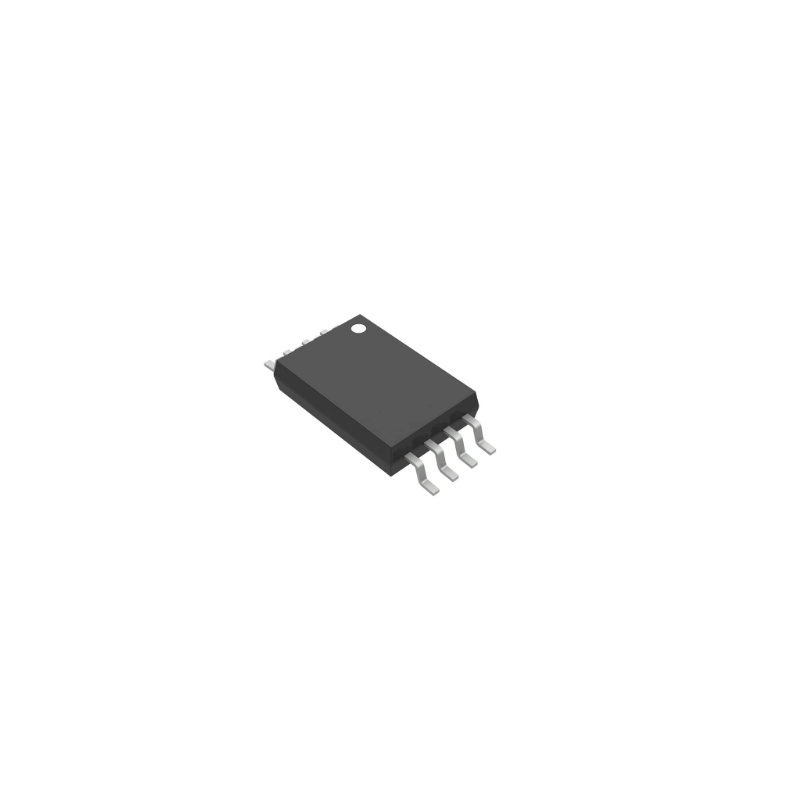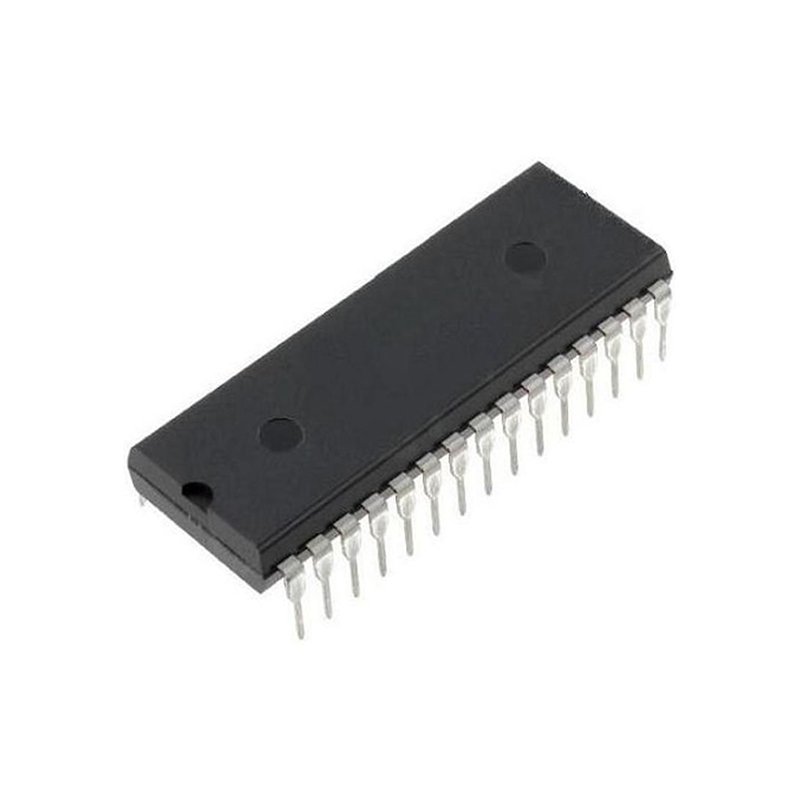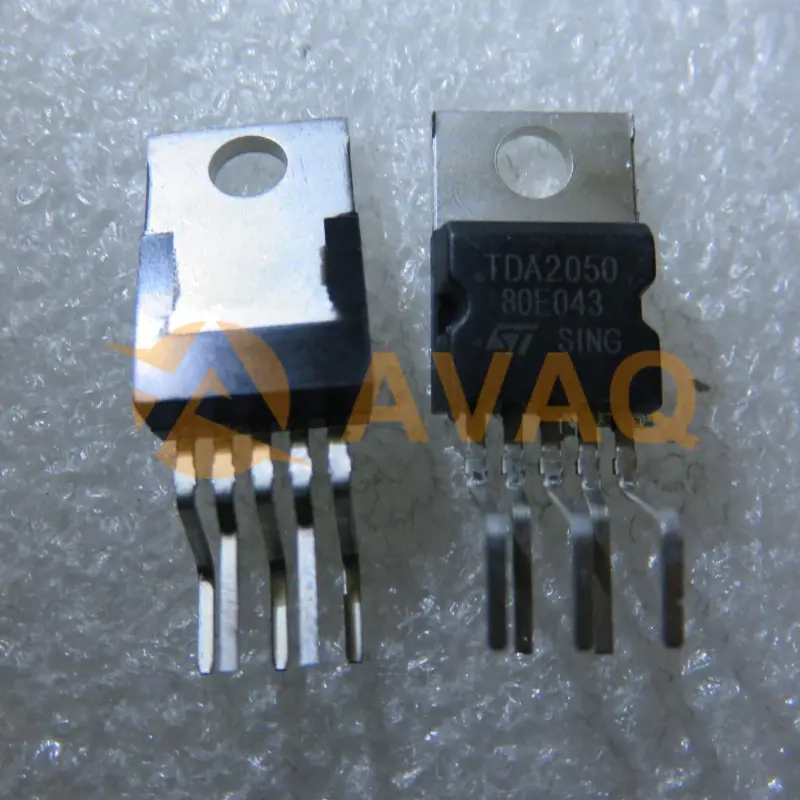Payment Method




VCO (Dual) IC 15MHz ~ 25MHz 16-CDIP
16-CDIP(0.300",7.62mm)Manufacturer:
Texas Instruments
Mfr.Part #:
8102101EA
Datasheet:
Type:
VCO (Dual)
Frequency:
15MHz ~ 25MHz
Voltage - Supply:
4.5V ~ 5.5V
Current - Supply:
35 mA
EDA/CAD Models:
Please fill in the short form below and we will provide you the quotation immediately.
These voltage-controlled oscillators (VCOs) are improved versions of the original VCO family: SN54LS124, SN54LS324 thru SN54LS327, SN74LS124, and SN74LS324 thru SN74LS327. These new devices feature improved voltage-to-frequency linearity, range, and compensation. With the exception of the 'LS624 and 'LS628, all of these devices feature two independent VCOs in a single monolithic chip. The 'LS624, 'LS625, 'LS626, and 'LS628 have complementary Z outputs. The output frequency for each VCO is established by a single external component (either a capacitor or crystal) in combination with voltage-sensitive inputs used for frequency control and frequency range. Each device has a voltage-sensitive input for frequency control; however, the 'LS624, 'LS628, and 'LS629 devices also have one for frequency range. (See Figures 1 thru 6).
The 'LS628 offers more precise temperature compensation than its 'LS624 counterpart. The 'LS624 features a 600 ohm internal timing resistor. The 'LS628 requires a timing resistor to be connected externally across Rext pins. Temperature compensation will be improved due to the temperature coefficient of the external resistor.
Figure 3 and Figure 6 contain the necessary information to choose the proper capacitor value to obtain the desired operating frequency.
A single 5-volt supply can be used: however, one set of supply voltage and ground pins (VCC and GND) is provided for the enable, synchronization-gating, and output sections, and a separate set (OSC VCC and OSC GND) is provided for the oscillator and associated frequency-control circuits so that effective isolation can be accomplished in the system. For operation of frequencies greater than 10 MHz, it is recommended that two independent supplies be used. Disabling either VCO of the 'LS625 and 'LS625 and 'LS627 can be achieved by removing the appropriate OSC VCC. An enable input is provided on the 'LS624, 'LS626, 'LS628, and 'LS629. When the enable input is low, the output is enabled: when the enable input is high, the internal oscillator is disabled, Y is high, and Z is low. Caution! Crosstalk may occur in the dual devices ('LS625, 'LS626, 'LS627 and 'LS629) when both VCOs are operated simultaneously. To minimize crosstalk, either of the following are recommended: (A) If frequencies are widely separated, use a 10-μh inductor between VCC pins. (B) If frequencies are closely spaced, use two separate VCC supplies or place two series diodes between the VCC pins.
The pulse-synchronization-gating section ensures that the first output pulse is neither clipped nor extended. The duty cycle of the square-wave output is fixed at approximately 50 percent.
The SN54LS624 thru SN54LS629 are characterized for operation over the full military temperature range of -55°C to 125°C. The SN74LS624 thru SN74LS629 are characterized for operation from 0°C to 70°C.
| Series | - | Type | VCO (Dual) |
| Zählbereich | - | Frequency | 15MHz ~ 25MHz |
| Voltage - Supply | 4.5V ~ 5.5V | Current - Supply | 35 mA |
| Operating Temperature | -55°C ~ 125°C (TA) | Mounting Type | Through Hole |
After-Sales & Settlement Related
 Payment
Payment
Payment Method




For alternative payment channels, please reach out to us at:
[email protected] Shipping & Packing
Shipping & Packing
Shipping Method




AVAQ determines and packages all devices based on electrostatic discharge (ESD) and moisture sensitivity level (MSL) protection requirements.
 Warranty
Warranty

365-Day Product
Quality Guarantee
We promise to provide 365 days quality assurance service for all our products.
| Qty. | Unit Price | Ext. Price |
|---|---|---|
| 1+ | - | - |
The prices below are for reference only.
All bill of materials (BOM) can be sent via email to ![]() [email protected],
or fill below form to Quote for 8102101EA, guaranteed quotes back within
[email protected],
or fill below form to Quote for 8102101EA, guaranteed quotes back within
![]() 12hr.
12hr.

C100
Issi
Video ICs 4MP H.265 Video Processor - 64MB DDR2, BGA85, 5mm x 6mm

NE555
Texas Instruments
100kHz operation frequency with low power consumption for long-lasting performance

CD4017
Onsemi
Compact digital counter for precision measurement application

74LS04
Onsemi
High-quality die for professional use only, unsurfaced and untested

TDA2050
Stmicroelectronics
Effortlessly drives your speakers with crystal-clear sound and robust power